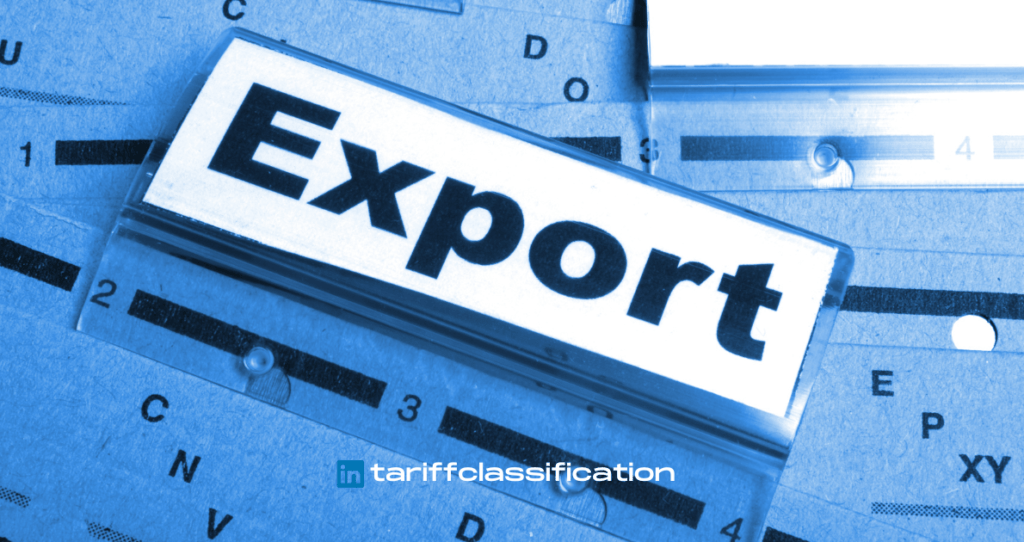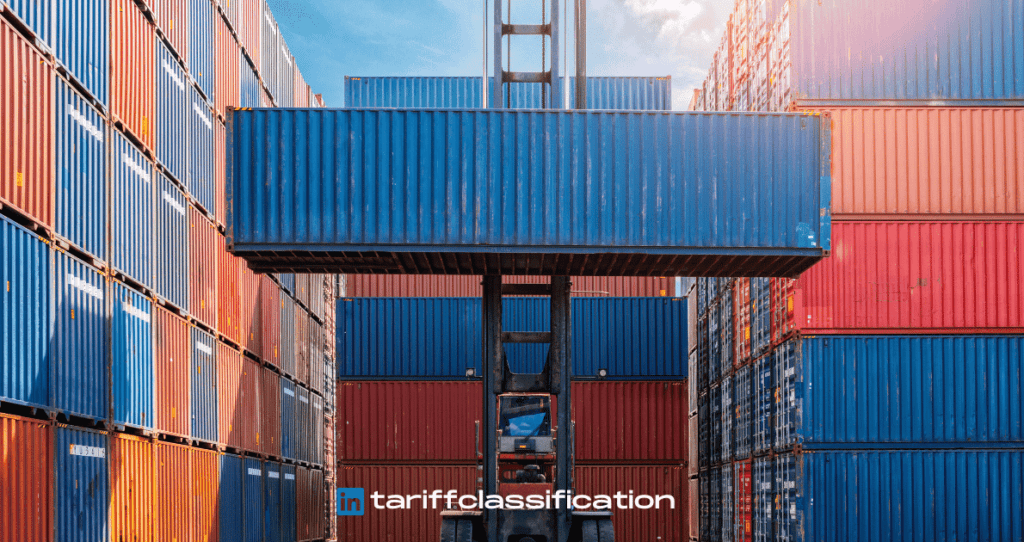Classification of Parts and Accessories in the Customs Tariff
When it comes to international trade, it is essential that all parts and accessories are properly classified according to the customs tariff. This is due to the fact that taxes and other duties are based on the classification of goods, and a mis-classification can lead to substantial penalties and other difficulties. In order to classify […]
Classification of Parts and Accessories in the Customs Tariff Read More »







